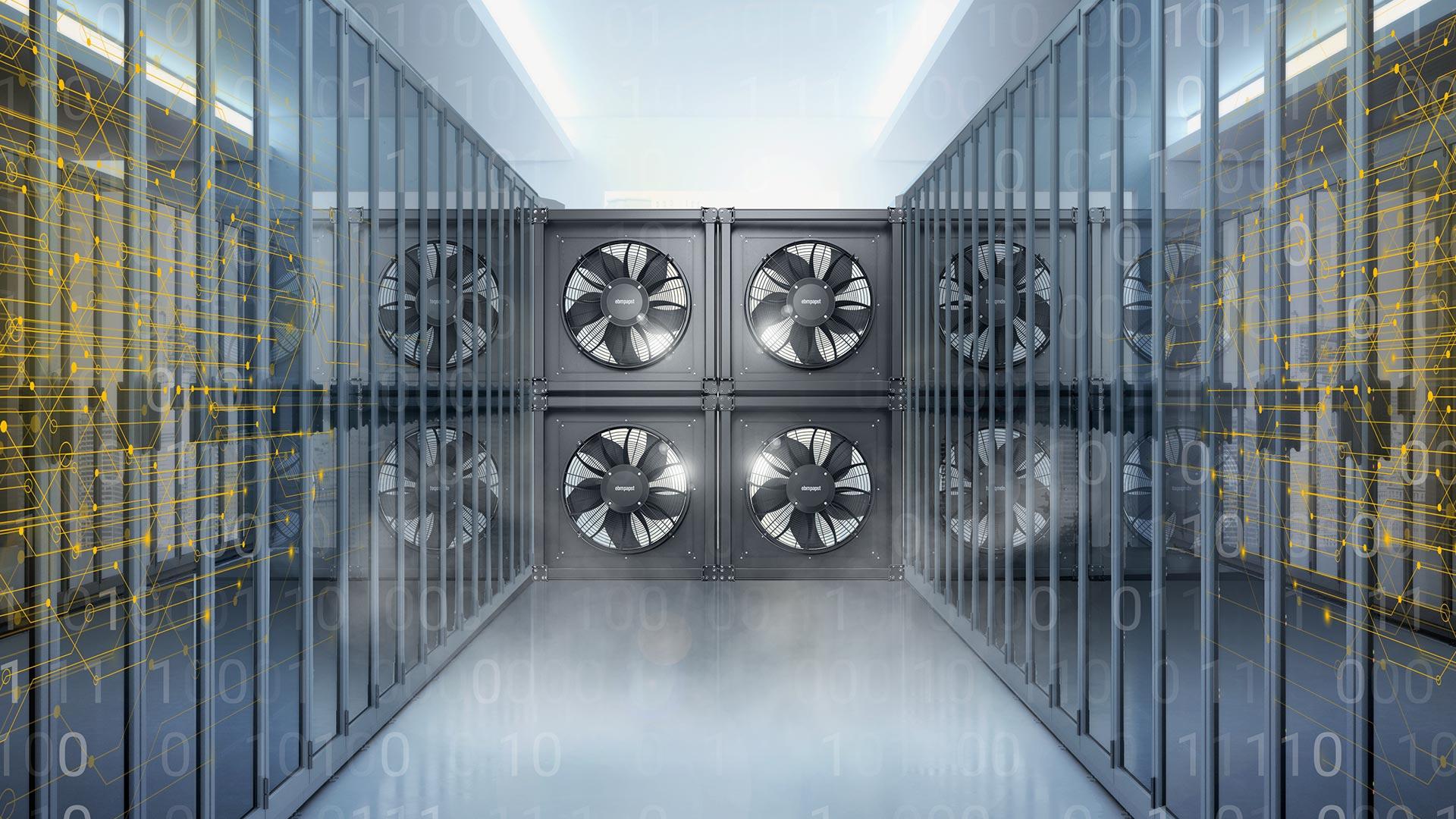Sustainable Cooling Technologies for High-Density Servers

The relentless increase in the power density of IT hardware, driven primarily by the demands of artificial intelligence (AI) and high-performance computing (HPC), is catalyzing a paradigm shift in data center thermal management, away from air and towards liquid. A detailed market analysis of the data center cooling market identifies liquid cooling as the fastest-growing and most strategically important segment of the industry. Key points related to the data center cooling market highlight a simple matter of physics: liquids are thousands of times more effective at absorbing and transferring heat than air. As server processors and AI accelerators surpass thermal design powers that make air cooling impractical, liquid cooling becomes a necessity, not an option. The key players in this space are a mix of established cooling giants like Vertiv and a host of innovative startups specializing in direct-to-chip and immersion technologies. The future in the data center cooling market for high-density computing is unequivocally liquid. This trend is being led by the hyperscale cloud providers in North America and the major supercomputing centers in Europe and APAC, where the most powerful computing clusters are being deployed.
The liquid cooling market is broadly segmented into two primary approaches: direct-to-chip (D2C) cooling and full immersion cooling, a key point for understanding the different adoption strategies available to data center operators. Direct-to-chip, also known as direct liquid cooling (DLC), is currently the more widely adopted approach, particularly for retrofitting existing data centers. This method involves bringing a liquid coolant directly to the hottest components on a server—the CPU and GPU—via a liquid-cooled "cold plate." This approach can effectively capture a majority of the server's heat, allowing for a significant increase in rack density. Key players in the server manufacturing space, such as Dell and HPE, are now offering factory-integrated D2C solutions, simplifying adoption for enterprises in North America and Europe. The future of D2C lies in its ability to provide a targeted, high-performance cooling solution within a standard rack environment. The data center cooling market size is projected to grow USD 15.35 Billion by 2035, exhibiting a CAGR of 5.41% during the forecast period 2025-2035. This growth is heavily fueled by the adoption of D2C solutions for AI clusters in all major regions, including the emerging tech hubs in South America and the MEA.
Immersion cooling represents a more radical and ultimately more efficient approach to liquid cooling, a key point for the long-term future of the market. As the name suggests, this method involves completely submerging entire servers or other IT hardware into a tank filled with a non-conductive dielectric fluid. This eliminates the need for any server fans and provides the most effective possible heat transfer. The market is further divided into single-phase and two-phase immersion. In two-phase immersion, the fluid boils on the hot components, creating a highly efficient, passive cooling cycle. Key players in this niche, often specialized startups, are demonstrating the potential for extreme power densities and unparalleled energy efficiency (PUEs approaching 1.0). The future in the data center cooling market for the most extreme HPC and AI deployments lies with immersion cooling. While it requires a complete rethinking of data center design, its potential benefits are immense. This is an area of intense research and pilot deployments by key players in North America and APAC, and is seen as the long-term end-state for high-performance data center thermal management globally, with potential future applications in specialized facilities in all regions.
In summary, the key points related to liquid cooling highlight its necessity for managing the heat from high-density AI and HPC workloads. The market is segmented into direct-to-chip and immersion cooling, with D2C being the more common current solution and immersion representing the future for extreme densities. The key players are a mix of large infrastructure vendors and specialized liquid cooling innovators. The future in the data center cooling market is one where liquid cooling moves from a niche solution to a mainstream requirement for advanced computing. This global trend, driven by the needs of hyperscalers and research institutions in North America, Europe, and APAC, will eventually be adopted by enterprise and colocation data centers in all regions, including South America and the MEA, as they grapple with the thermal challenges of next-generation IT infrastructure.
Top Trending Reports -
Germany Graphical User Interface Design Software Industry
- News e Attualità Aziendale
- Startup e Imprenditorialità
- Internazionalizzazione e Mercati Esteri
- Finanza e Gestione Aziendale
- Digitalizzazione e Tecnologia
- Marketing e Vendite
- Leadership e Management
